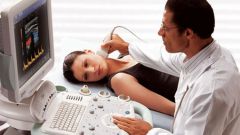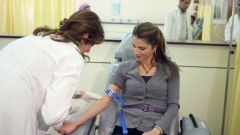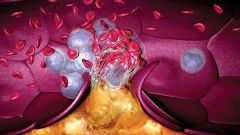You will need
- - examination of their lower extremities;
- - doctor's consultation;
- - coagulation;
- - Ultrasound;
- venography;
- - plethysmography.
Instruction
1
Carefully inspect your feet. Blood clots most often form in the extremities. If you noticed seal and redness in the veins, palpable pain when pressing it is possible to speak of thrombophlebitis. Another symptom of this disease is increasing the skin temperature of the affected area. May be a sign of Romansa — during dorsiflexion stop there pain in the calf muscles. Please note, if a homogeneous skin of the lower extremities. Venous thrombosis can occur painlessly, but the legs will contain areas with swelling and a bluish tinge of the skin. Secondary symptoms of the disease is weakness, malaise, increased overall body temperature. Bedridden patients often develop phlebothrombosis of the deep veins of the calf.
2
Contact your specialist if you notice these signs. Most likely, you will be assigned a set of blood tests that will determine the state of the coagulation and anticoagulation systems, called koagulogrammou. The results of these analyses can be quickly diagnosed in time to notice the beginning of any complications, to accurately assess the effectiveness of treatment. These tests are carried out strictly on an empty stomach and reveal the level of platelets, prothrombin and fibrinogen, in your blood. In addition, you can assign ultrasound, plethysmography and venography. Instruments of high sensitivity can be defined as a blood clot, and the slightest disturbance of blood flow and filling defects in blood vessels.
3
Please note that you are in a risk zone (you have a predisposition to blood clots), if: you have observed pathology of blood coagulation; varicose veins; diseases of the heart and blood vessels; liver disease; autoimmune disease; postoperative medication, causing blood clots (e.g. warfarin); smoke.
4
Do not forget about the dangerous complications that can occur if the blood clot moves up the body. The most dangerous of them — sepsis (blood poisoning), and pulmonary embolism - can lead to death of the patient. So follow all doctor's recommendations and go through timely diagnosis.





